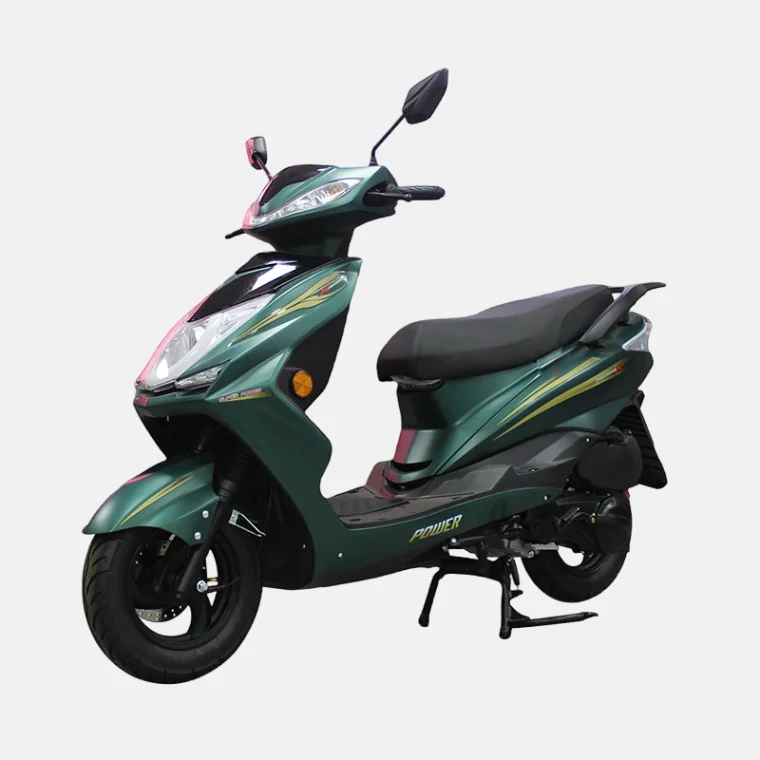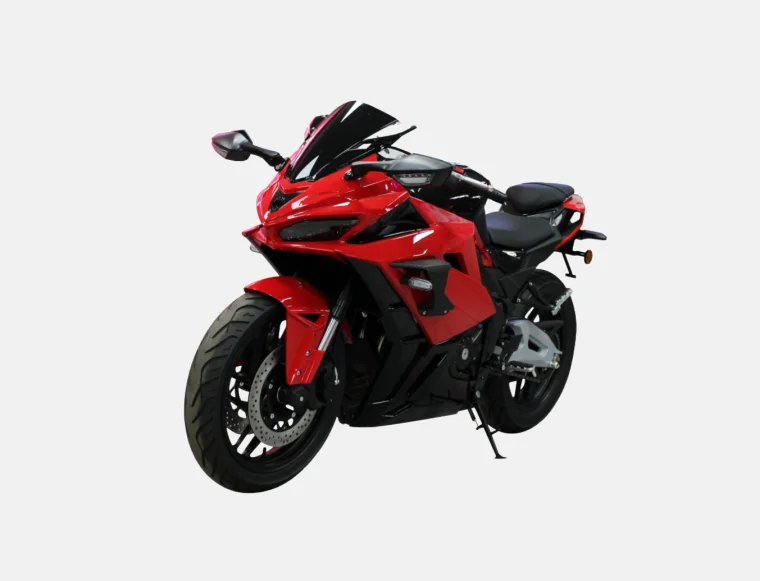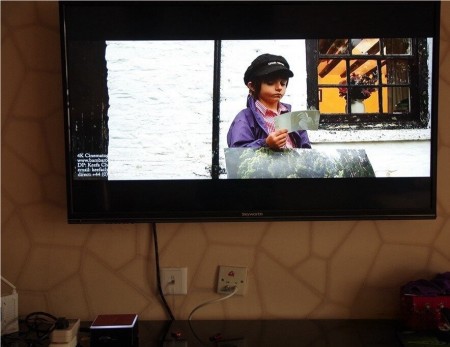During daily riding, many motorcycle owners encounter the frustrating problem of difficulty starting their gasoline motorcycles. This problem is particularly acute when the temperature fluctuates significantly, when the motorcycle has been unused for an extended period, or when it's older. Many people's initial reaction to this situation is a dead battery, but there are actually many reasons for motorcycle starting difficulties. This article will provide a detailed analysis of the fuel system, electrical system, air intake system, ignition system, and mechanical structure, and provide practical solutions.
1. Common Symptoms of Gasoline Motorcycle Starting Difficulties
Before delving into the causes, let's first understand the specific symptoms of "difficult starting." These symptoms typically include the following:
No response to the start button or foot start—the engine won't crank and there's no ignition sound.
The engine cranks but won't start—there's an ignition sound, but the engine never starts.
The engine stalls immediately after starting—it stalls immediately and won't idle.
Difficulty starting a cold motorcycle but normal when warm—this is often due to fuel supply or mixture ratio issues.
Difficulty starting a hot motorcycle but normal when cold—this is often related to an aging ignition system or carburetor. Once you understand these symptoms, you can conduct targeted inspections.

2. Analysis of Causes of Starting Difficulties on Gasoline Motorcycles
2.1 Fuel System Problems
The fuel system is the "blood supply" of the motorcycle. If the fuel supply is poor, starting will naturally fail.
Insufficient or Poor Fuel Quality
If the fuel tank is low on fuel, contains impurities, or uses low-quality gasoline, it will result in incomplete combustion or even no ignition at all.
Solution: Check the fuel level, drain the old fuel, and add fresh, high-grade gasoline.
Clogged Fuel Lines
Prolonged periods of inactivity, water in the fuel tank, or aging fuel lines can cause fuel line blockages, preventing fuel from reaching the carburetor or injectors.
Solution: Clean the fuel tank, fuel lines, and carburetor; replace the fuel filter if necessary.
Clogged or Improperly Adjusted Carburetor
Clogged nozzles or float chambers inside the carburetor, or improperly adjusted air or idle speed screws can affect the mixture ratio, causing starting difficulties.
Solution: Remove the carburetor and thoroughly clean it. Use a specialized cleaning agent to remove any oil contamination, then readjust the mixture ratio and idle speed.
2.2 Electrical System Problems
The electrical system is responsible for starting and ignition, and is a critical component of motorcycle starting.
Battery Discharge
If the battery is low, the starter motor will not rotate quickly enough, preventing the engine from starting successfully.
Solution: Measure the battery voltage (normally above 12V). If it is below 11V, charge the battery or replace it.
Starter Relay or Motor Failure
If you hear a clicking sound during starting but the engine does not rotate, it indicates a malfunction in the starter relay or motor.
Solution: Check the starter circuit, relay contacts, and motor carbon brushes for wear and replace if necessary.
Fuse Blown or Poor Wiring
Aging circuits or loose connections can easily cause the starting circuit to open.
Solution: Check the fuse, power cord, ignition switch, and connectors for looseness or rust.
2.3 Ignition System Problems
The key to starting a gasoline engine is ignition. Problems with the spark plugs or ignition system can also cause starting difficulties. Spark Plug Carbon Deposits or Aging
Excessive carbon deposits on the spark plug electrodes and a large gap can lead to insufficient ignition energy.
Solution: Remove the spark plug and clean the carbon deposits, or replace it with a new one. Be sure to check the model and calorific value.
Aging Ignition Coil
A damaged ignition coil or aged insulation can cause a weak spark or misfire.
Solution: Use a spark tester to check the spark strength; if insufficient, replace the coil.
Low-Voltage Wire Leakage
If the high-voltage wire is aged and cracked, electrical energy can leak, causing ignition failure.
Solution: Check the high-voltage wire for cracks and, if necessary, replace the entire ignition wire.
2.4 Intake System and Air Filter Problems
Insufficient air or an abnormal mixture ratio can also directly affect starting.
Clogged Air Filter
A filter filled with dust can lead to insufficient air intake, an overly rich mixture, and ignition failure.
Solution: Clean or replace the air filter regularly to maintain unobstructed air flow. Intake Pipe Leakage
If the intake pipe or joints are loose, aged, or leaking, the mixture ratio will be disrupted, leading to unstable combustion.
Solution: Check the intake pipe for tightness and tighten or replace any damaged parts.
2.5 Mechanical System Problems
Wear or improper assembly of mechanical components can also cause starting failure.
Insufficient Compression Ratio
Worn piston rings, cylinder strain, or loose valve seals can lead to insufficient compression.
Solution: Use a compression gauge to measure compression pressure. If insufficient, replace the piston rings or repair the valves.
Incorrect Valve Clearance
Excessive or insufficient valve clearance can lead to poor intake and exhaust flow, affecting combustion.
Solution: Check and adjust the valve clearance to the standard value.
Loose or misaligned timing chain
If the timing chain is severely worn or improperly installed, it can cause ignition timing errors.
Solution: Recalibrate the timing marks and replace the worn chain.
3. Special Analysis of Starting Difficulties in Different Seasons
3.1 Winter Starting Difficulties
Low temperatures increase engine oil viscosity, weaken battery output, and reduce fuel volatility.
Solution:
Use winter-specific engine oil (such as 10W-40).
Press the accelerator several times before starting to help the fuel enter the cylinder.
Use high-quality gasoline to prevent moisture from freezing and blocking the fuel line.
3.2 Summer Starting Difficulties
The thin air, excessively rich fuel and gas, and carburetor lock are common in summer.
Solution:
Protect the fuel tank from direct sunlight and open the fuel cap appropriately to dissipate heat.
Adjust the carburetor mixture ratio to achieve a more balanced fuel-gas ratio.
4. Daily Preventative Measures for Starting Difficulties on Gasoline Motorcycles
Regularly maintain the carburetor and air filter to keep the air and fuel systems clean.
Check the battery voltage monthly to prevent battery drain.
Regularly change the engine oil and spark plugs to ensure efficient ignition.
Avoid leaving the motorcycle idle for long periods of time. When not riding, turn off the accelerator and start the vehicle regularly. Keep wiring dry and clean to prevent oxidation and poor contact.
Starting difficulties on a gasoline motorcycle may seem complex, but they're often caused by minor issues in the fuel, ignition, electrical, or intake systems. A systematic troubleshooting approach—"electrical, then fuel, then ignition"—can quickly pinpoint the problem, saving both time and effort.
For motorcycle owners, regular maintenance and proper use are key to avoiding starting difficulties. If you experience repeated starting failures, accompanied by unusual noises or black smoke, it's recommended to visit a professional repair shop promptly to prevent minor issues from escalating into major failures.
As a professional gasoline motorcycle manufacturer and supplier, Jilang is dedicated to optimizing motorcycle performance and enhancing the riding experience. We focus not only on product power and quality, but also on providing users with practical user and maintenance guidance. Choosing Jilang means choosing a reliable and professional riding partner.
www.jilangmotor.com
jilangmotor


